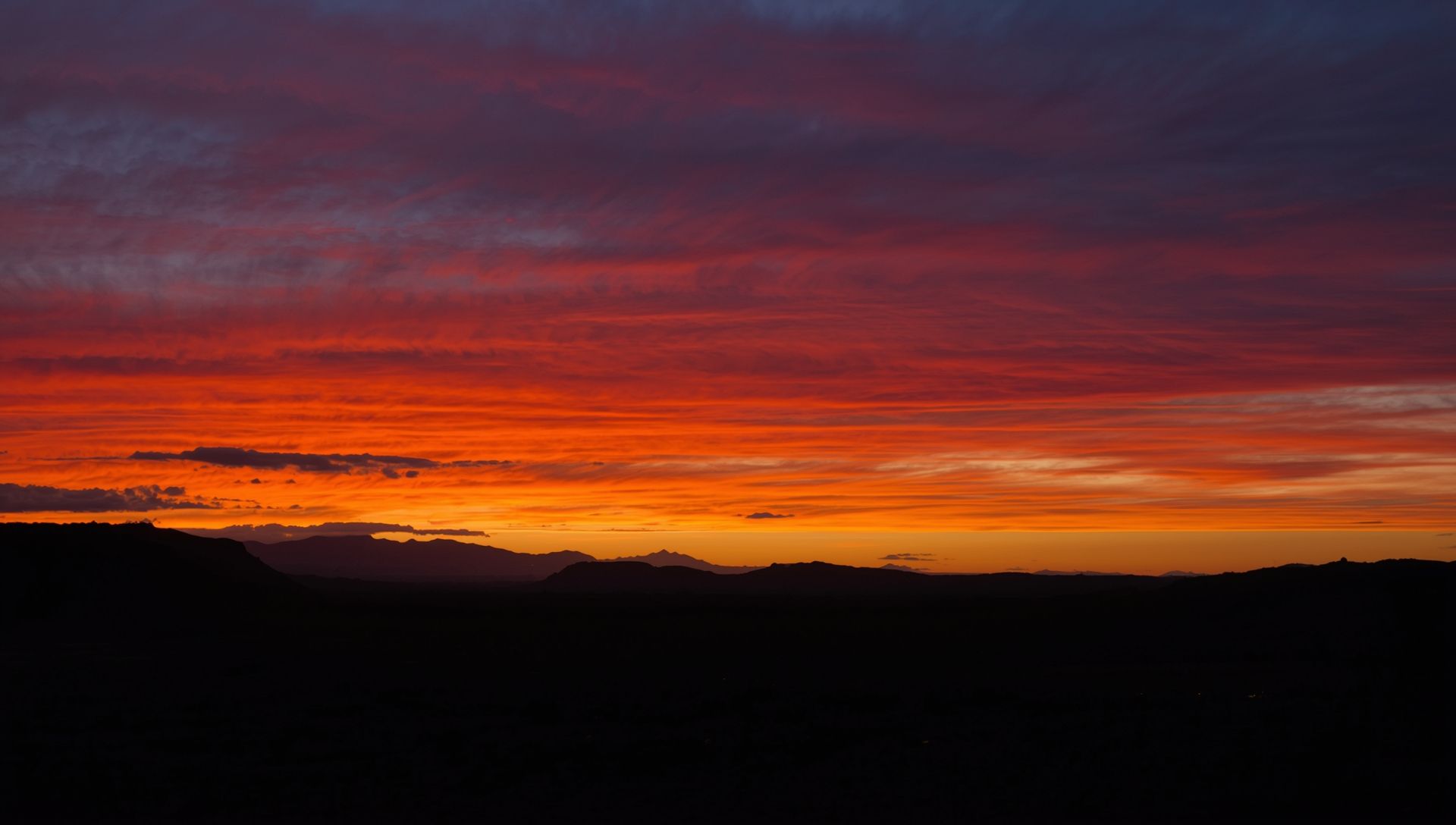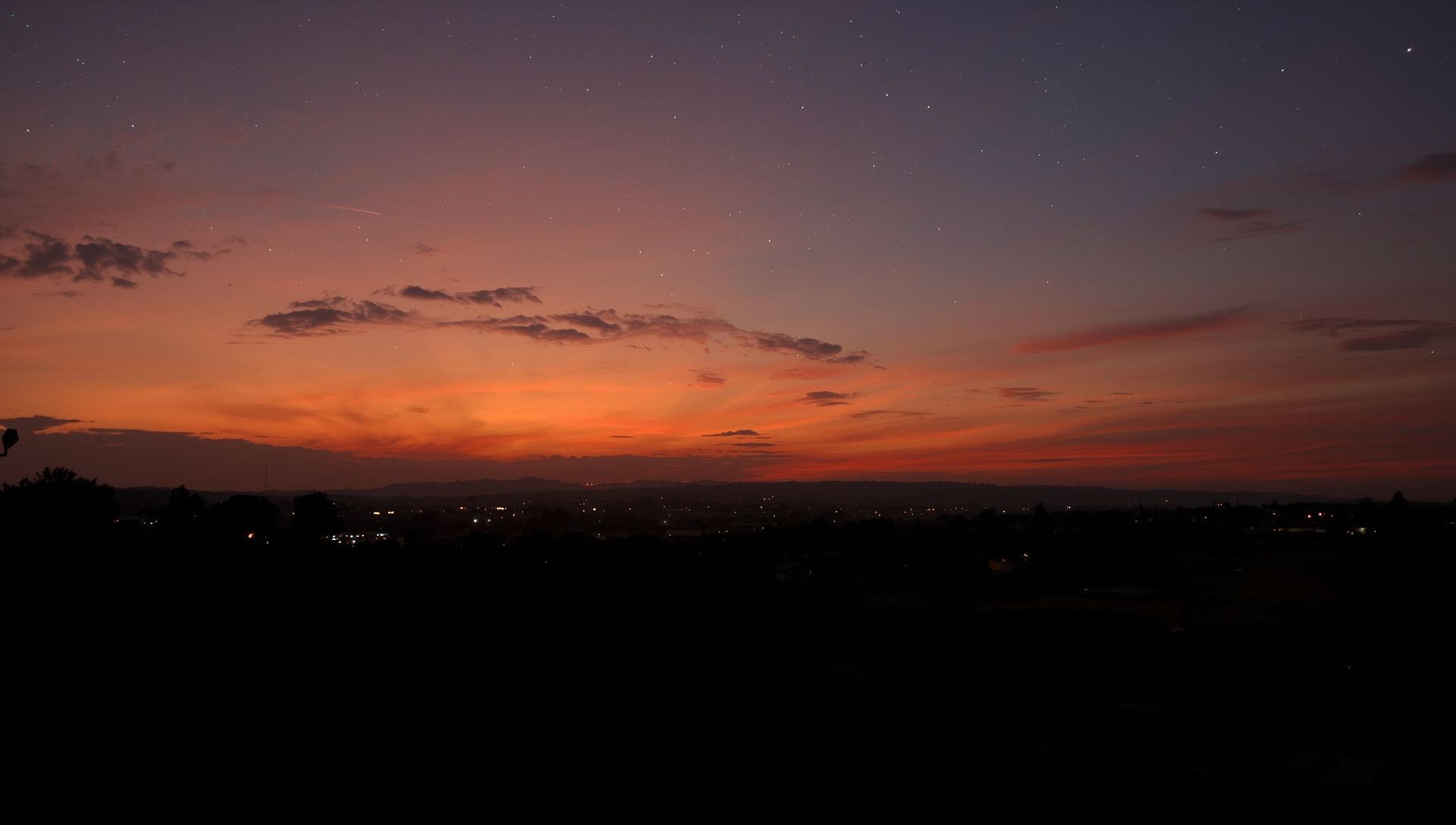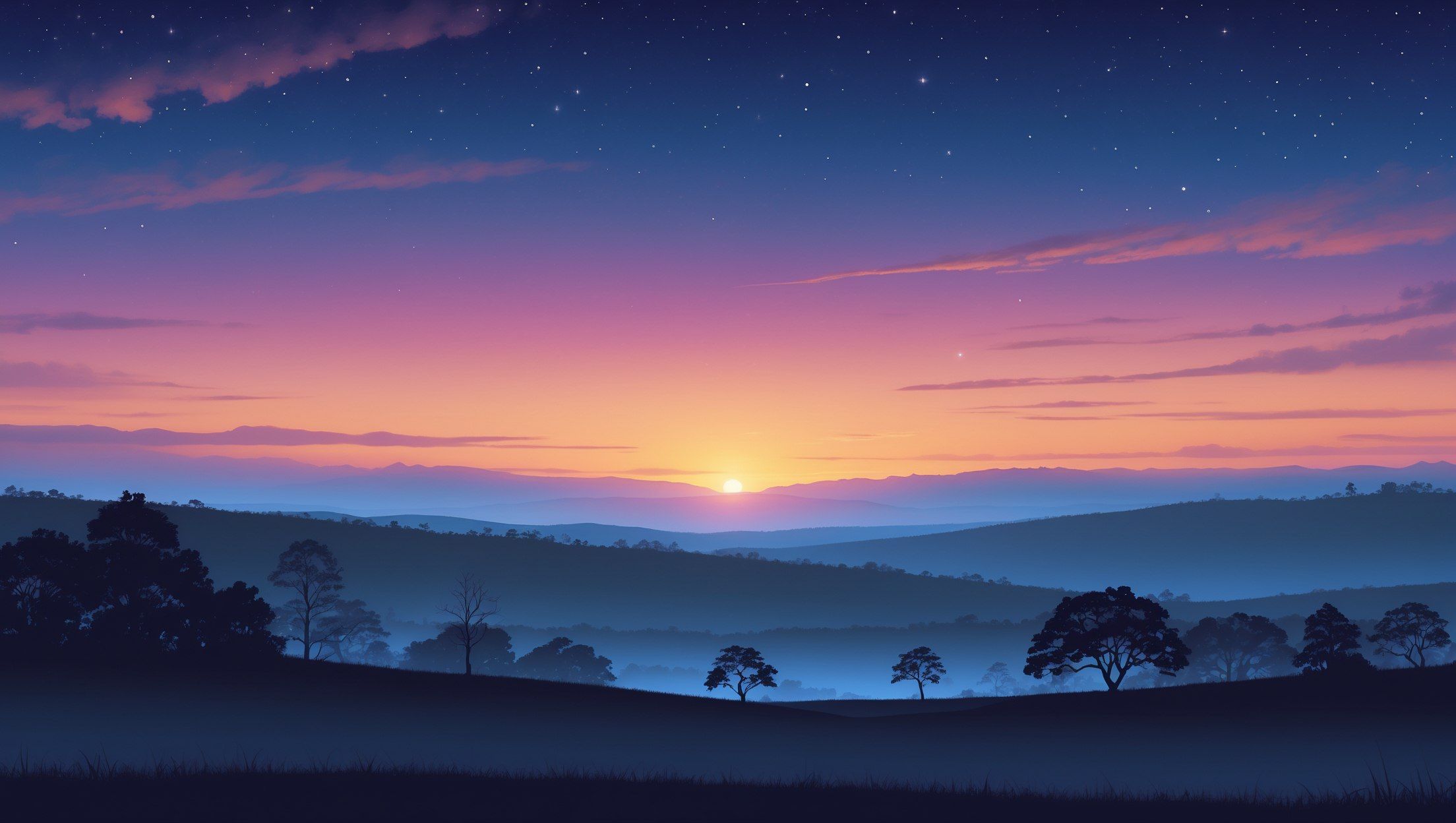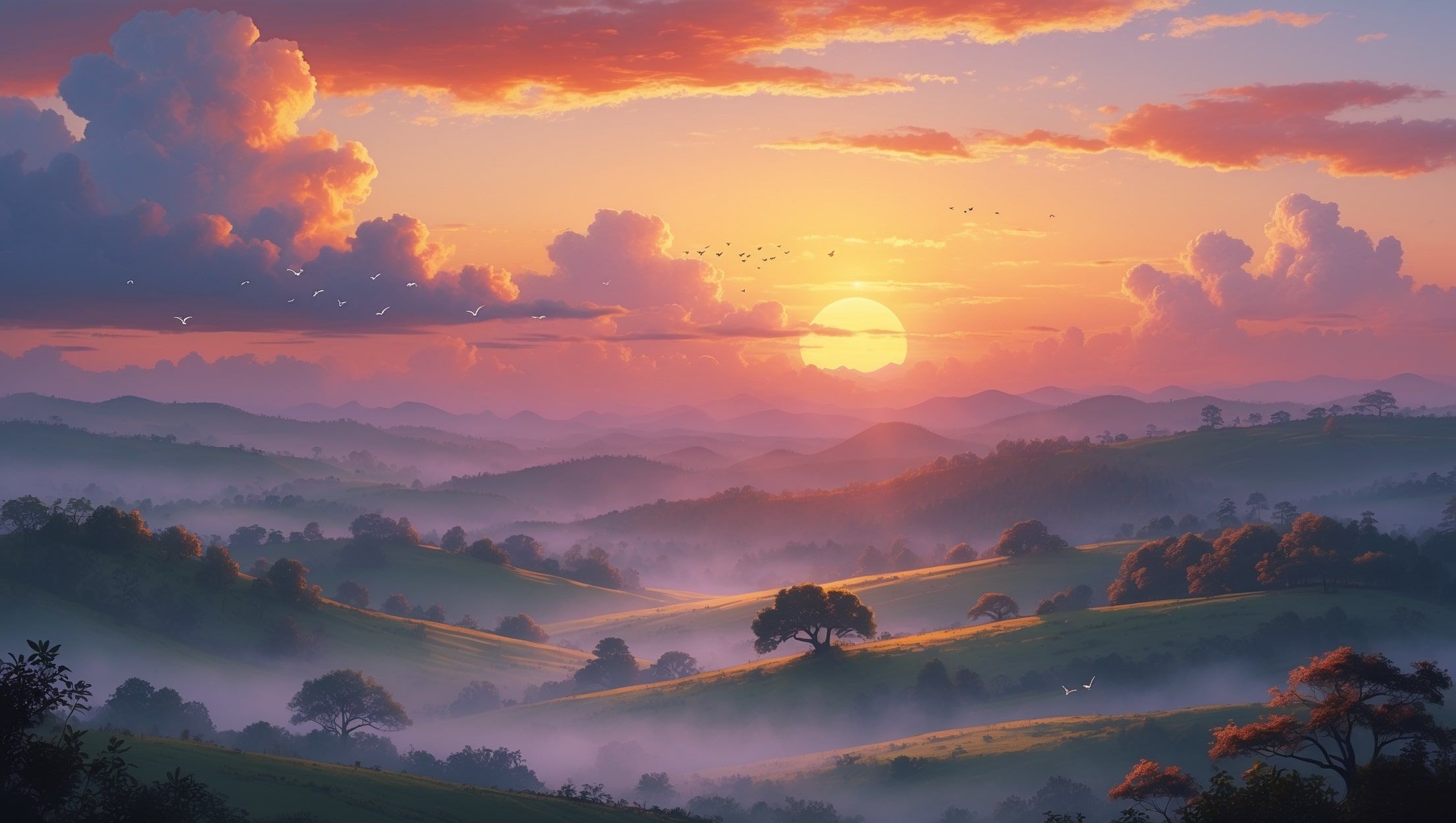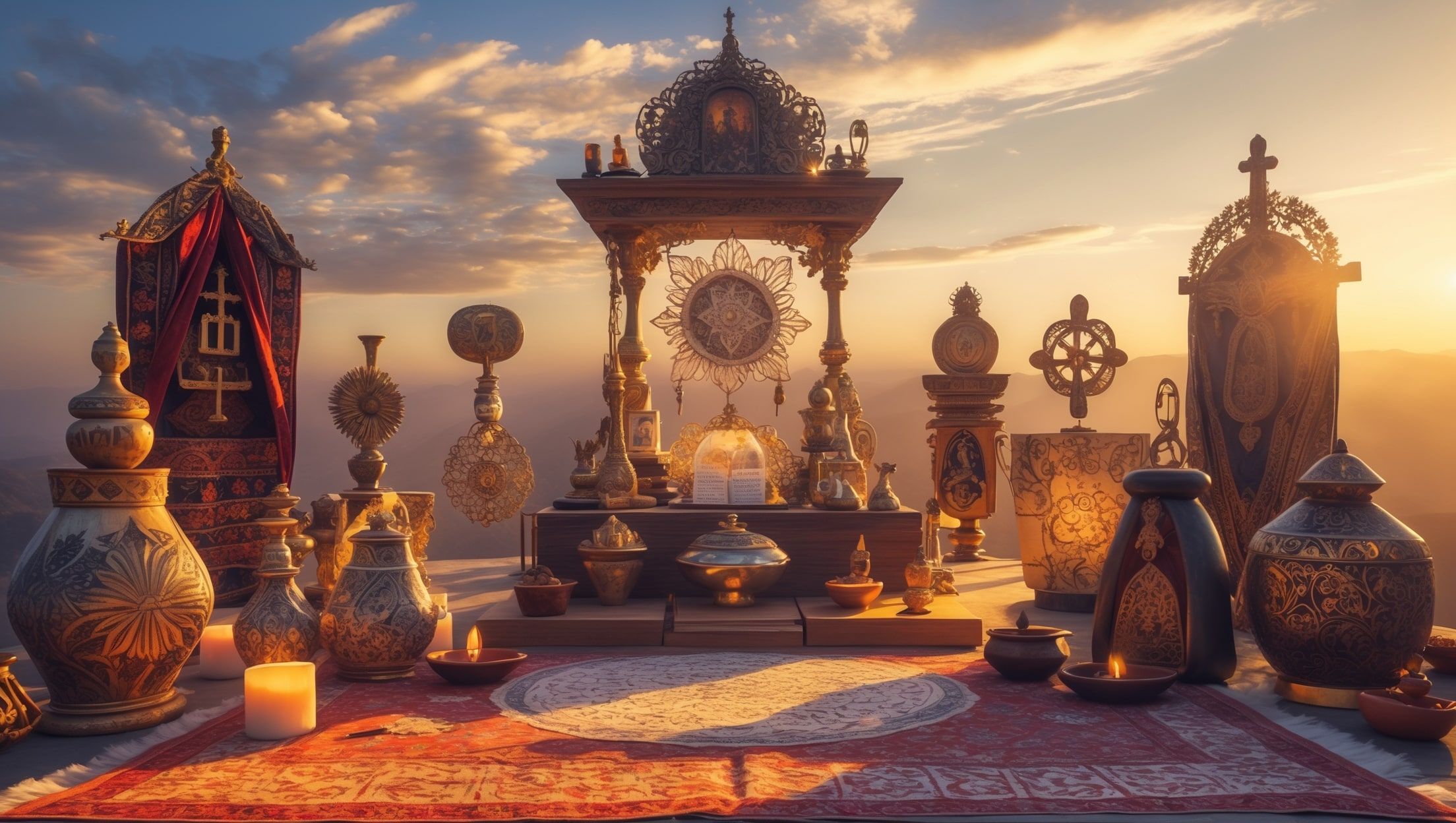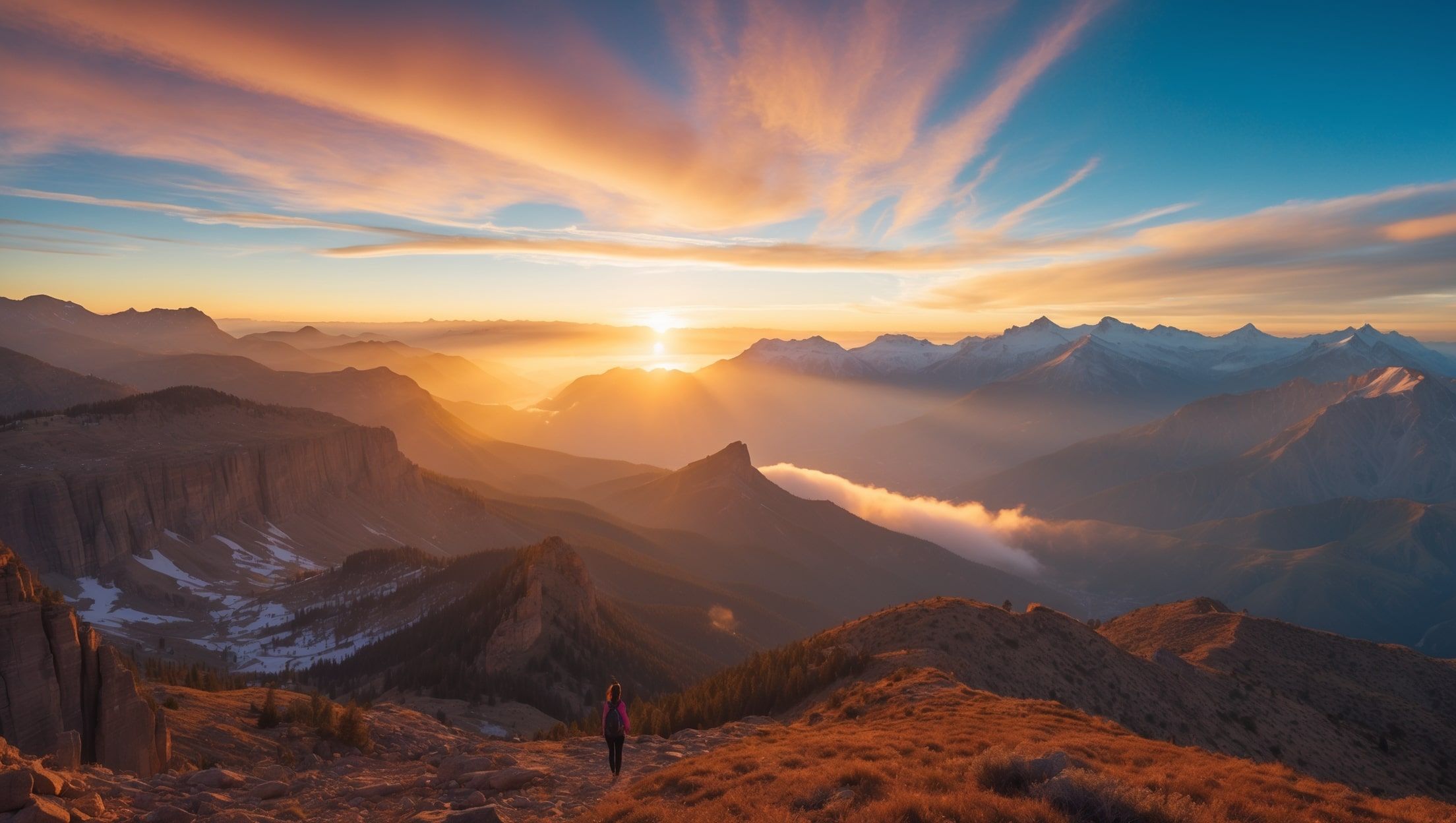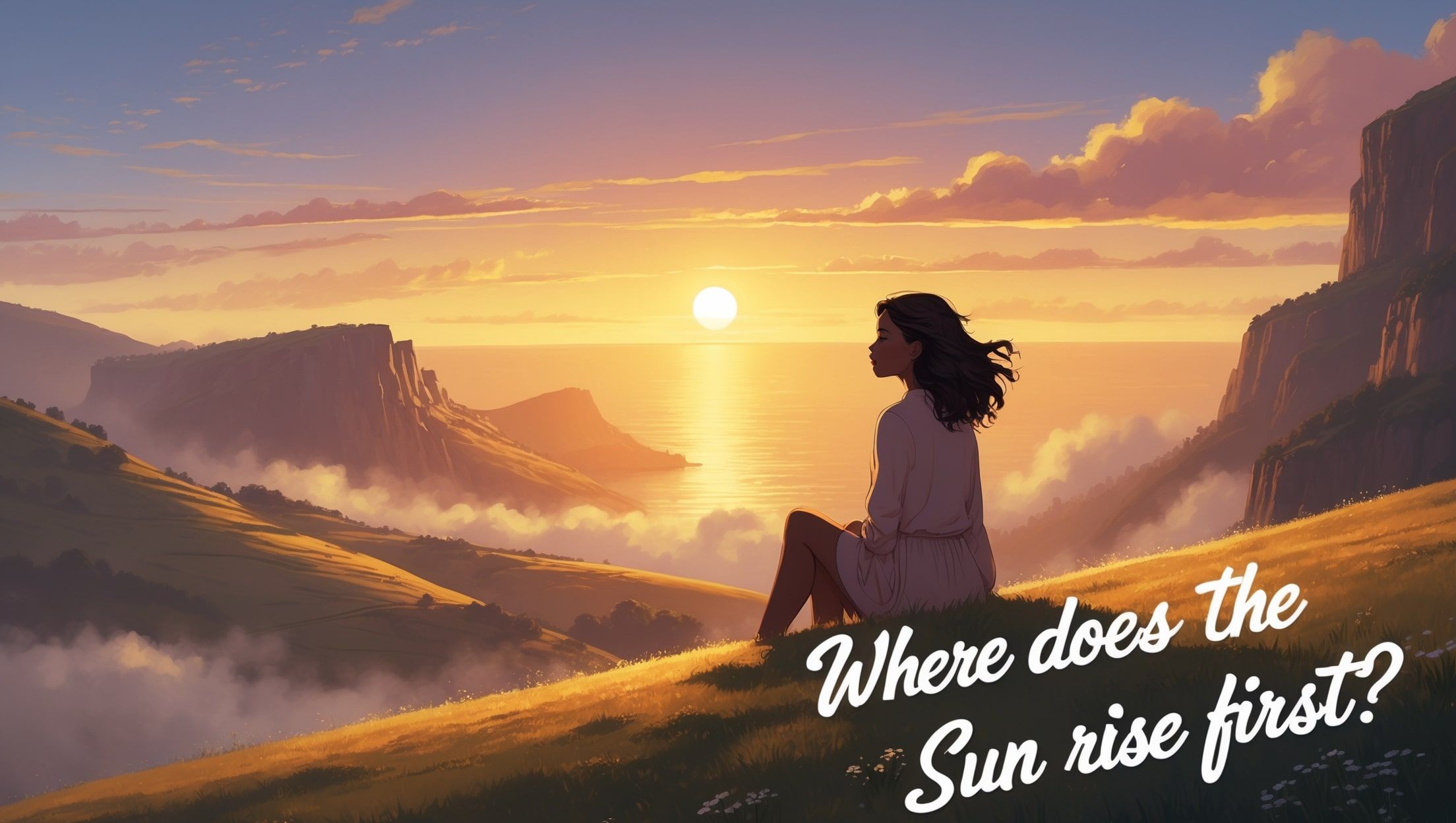Sunrise and Sunset and what they teach us
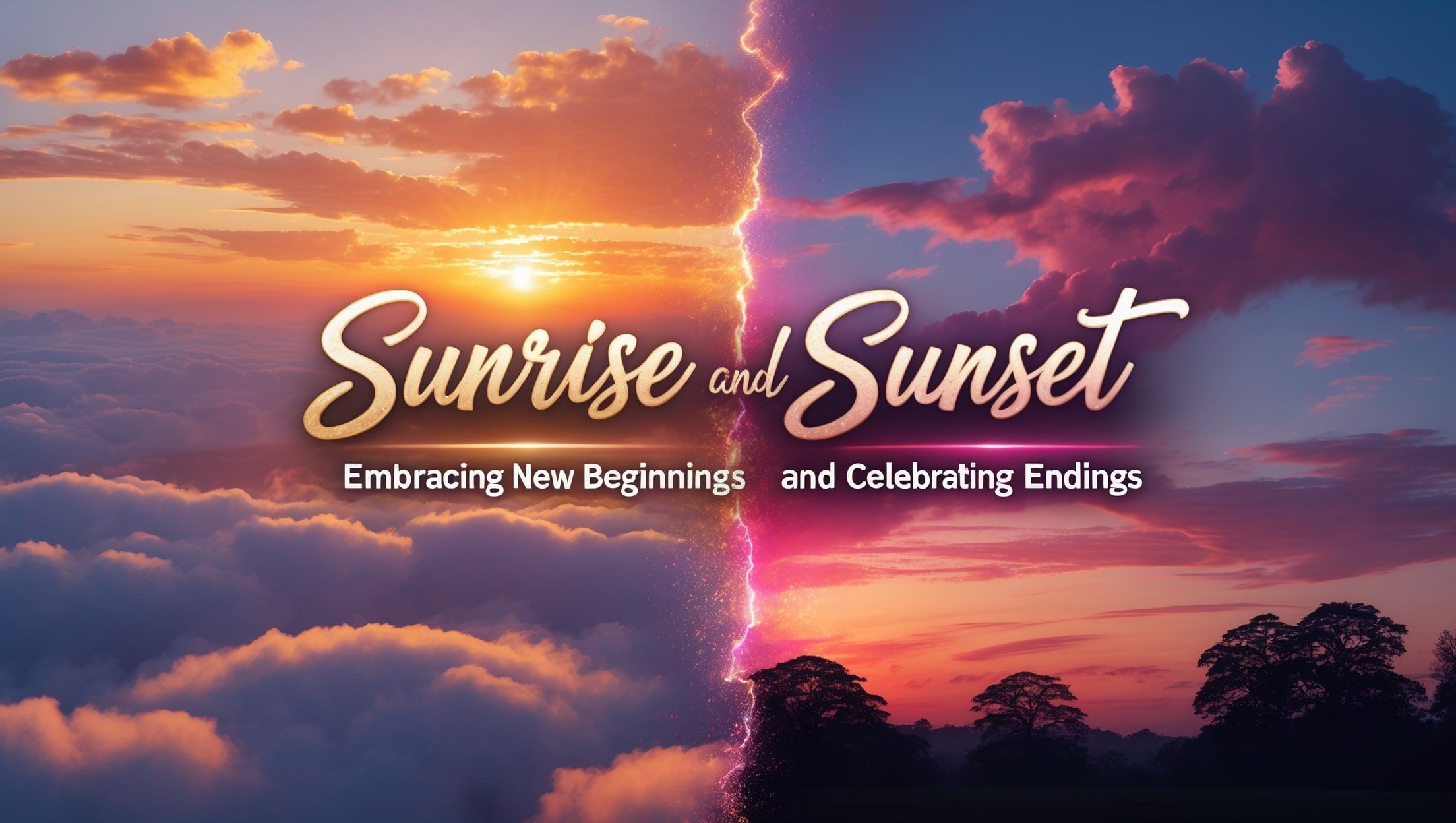
Each day begins and ends with something quietly profound. No speeches, no fanfare - just light arriving, then fading. Sunrises and sunsets happen whether we watch or not. But when we do, they offer more than just a nice view. They teach us. About time, change, beauty, and ourselves. These daily transitions hold space for reflection and connection. And in a world of constant movement, they remind us to stop, even briefly, and look up.
Sunrise: A Promise Each Morning
There’s something unspoken in that first light creeping over the horizon. It feels like a beginning. And in many ways, it is. The air is still, the world is quieter, and everything seems possible. This sense of calm and clarity is why so many people seek out sunrises.
From a scientific standpoint, sunrise helps regulate our circadian rhythm - our internal clock. As soon as sunlight hits our eyes, our body begins to wake. Melatonin drops. Cortisol gently rises. Our brain says: it’s time to get going. But it’s not just biology at play. Sunrise speaks to the soul. It represents renewal, clean slates, and second chances.
In religions and rituals across the globe, sunrise is sacred. It’s linked to rebirth, resurrection, and the divine. Hindus greet the dawn with chants. Buddhists meditate as the light changes. Christians see it as a symbol of new life. Even animals respond to it - roosters crow, birds sing, and nocturnal creatures retreat.
The beauty of sunrise is that it doesn't demand anything from us. It just invites us to notice. And when we do, we often feel a little lighter, a little more awake - not just physically, but emotionally too.
Sunset: The Day’s Gentle Close
While sunrise energizes, sunset calms. It marks the day’s end not with a sharp stop, but a slow fade. The light softens. Colors bloom. The world exhales. It’s a time to let go of what didn’t go right, and to carry forward what did.
Studies show watching a sunset can increase well-being, lower stress, and even make us more generous. It slows our perception of time, which is rare in a world obsessed with speed. It pulls us into the present moment without effort.
And culturally, sunsets are powerful symbols. In myth, literature, and belief systems, they represent endings, death, completion, or a return to the source. But rarely with fear. Often with peace. A kind of closure that says: you did enough for today. Let it rest.
Some people chase sunsets for their colors. Others chase the quiet they bring. Either way, they offer a pause we badly need - and don’t often give ourselves.
Why Do Sunrises and Sunsets Look So Different?
There’s a reason sunrise and sunset light feel more magical than midday. It comes down to how sunlight travels through the atmosphere. When the sun is low on the horizon, its light has to pass through more air. This scatters short-wavelength blue light and lets the longer reds, oranges, and pinks shine through.
That’s why sunsets - and sunrises - often explode in warm color. On days with dust or clouds, the effect is even stronger. And occasionally, if you’re lucky, you might catch a rare green flash - a brief optical phenomenon right as the sun disappears.
Despite sharing the same science, sunrise and sunset often look and feel different. Sunrise tends to be cooler, with gentler tones. Sunset is usually more vivid and dramatic. Perhaps that’s why one feels like a whisper and the other, a farewell hug.
How Timing Changes Everything
Sunrise and sunset don’t happen at fixed times. They shift constantly. Day by day, the sun rises earlier or later, depending on the season and your location on Earth. This rhythm affects everything from farming cycles to sleep schedules to cultural festivals.
For example, sunrise in summer might occur before 5 a.m., while in winter it can happen well past 7 a.m. The further from the equator you live, the greater the shift. And light begins even before sunrise, during twilight.
At the other end of the day, darkness doesn’t fall instantly. After the sun dips below the horizon, twilight lingers. There are actually three stages - civil, nautical, and astronomical twilight - each with its own level of remaining light.
These details matter to photographers, travelers, stargazers, and anyone trying to catch the perfect moment. Understanding the timing of daylight helps us sync with the natural world, instead of fighting it. You can also check time zones or your world clock to compare sunrise and sunset times across regions.
Where to Watch: Sunrise and Sunset Spots Worth Seeing
Some places turn sunrise or sunset into something unforgettable. It might be a mountain peak, a quiet lake, or a city rooftop. The setting shapes the mood. Here are some of the most iconic spots worth checking out:
- Santorini, Greece - famous for its clifftop sunsets over white-washed buildings
- Grand Canyon, Arizona - sunrise paints the rock in layers of orange and violet
- Uluru, Australia - the rising or setting sun turns the giant red rock into a glowing monument
- Mount Haleakalā, Hawaii - clouds drift beneath you as the sun rises above them
- Taj Mahal, India - glows with a soft pink hue at dawn
You don’t need a famous landmark to witness beauty, though. A nearby hill, rooftop, or open field can offer just as much. What matters most is taking the time to watch.
What Art, Language, and Culture Say About the Sky
Sunsets and sunrises don’t just inspire emotion - they fuel creativity. From oil paintings to lyrics, they show up again and again in human expression. Poets compare sunsets to lovers, loss, or time slipping away. Sunrise becomes a metaphor for youth, awakening, or hope.
In film and pop culture, golden hour light defines mood and memory. In language, phrases like “sunset years” or “a new dawn” carry emotional weight. They aren’t just scenery. They symbolize deep truths we all feel but can’t always explain.
This shared symbolism shows how universal these moments are. No matter where you’re from, the sun rising and setting is a part of life. It links us, quietly, through sky and story.
Lessons From the Sky
If you let them, sunrises and sunsets become more than visual treats. They offer daily lessons. Here are a few:
- Change is constant - The sky is never the same twice. Like life, it's always shifting.
- Beginnings and endings can be beautiful - Both are part of the same cycle.
- Presence matters - You have to pause and look, or you’ll miss it.
- Nature runs on rhythm - Tuning in can help us feel grounded and balanced.
- Beauty doesn’t ask for attention - It’s there whether you’re watching or not.
We often think learning comes from books or teachers. But some of the most powerful lessons come from observation. From stillness. From light moving across the sky.
What the Sun’s Path Reminds Us About Life
Sunrise says: start fresh. Sunset says: let go. Together, they mark time not with urgency, but with quiet power. They bookend our days with wonder, if we let them. They don’t need fanfare to be meaningful. Just attention.
Next time you find yourself caught in your head, in your phone, in your routine - step outside. Look east in the morning. Look west in the evening. Watch the light change. Let it teach you something simple and real: that endings can be soft, beginnings can be quiet, and the sky is always worth watching.


